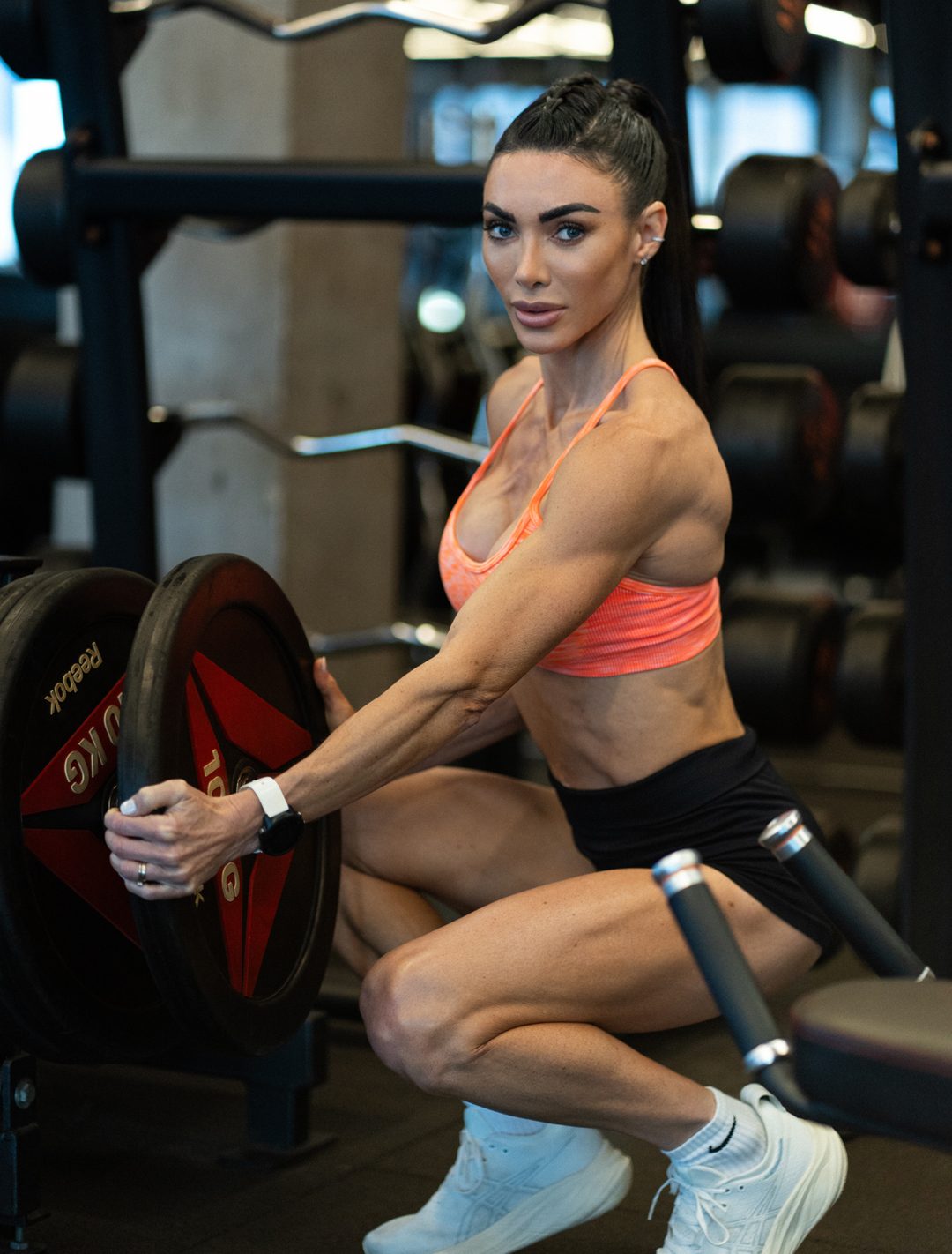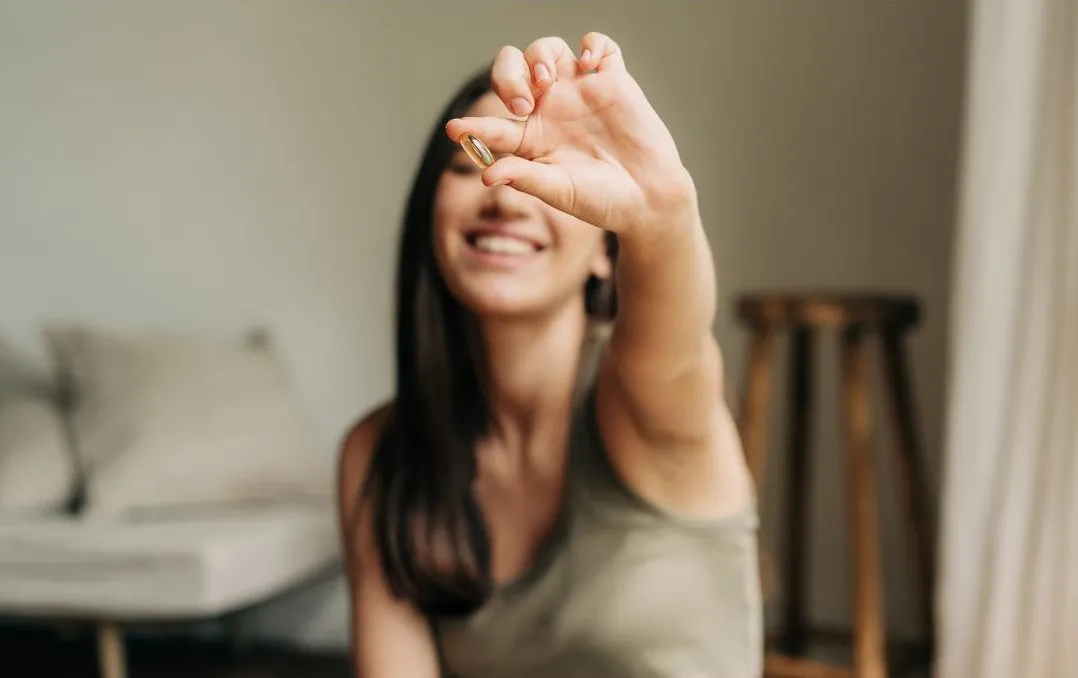A blog explaining what it feels like to have a mammogram, why mammograms are important, how to prepare for them and how to take care of your breasts. Everything you need to know about mammograms but were afraid to ask.
I assume you’re here for warts and all honesty. I’m sure you wouldn’t read this is unless you were genuinely interested in an honest overview of the breast cancer screening process. But here’s your trigger warning – I’m here to share my personal experiences. If you’d rather go to the NHS for the factual stuff, here’s the link.
Why I’m writing about mammograms
I had my fifth annual mammogram a couple of weeks ago and being an oversharer, I posted about it on Instagram stories. I asked readers if they would be interested in finding out more and was surprised to learn how many midlife women hadn’t yet had one, and wanted to know what they’re really like.
There is another reason for writing this post – I was sent a set of beautiful underwear from Playtex and don’t want to model it for you. In my role as a recruitment consultant, I advise candidates to think about their online reputation and it would be hypocritical of me to put my boobs on display for the world to google in perpetuity.
Playtex’s gift provided the perfect opportunity to talk about looking after my breasts. Think about the bra as compensation for putting my tits in a vice.

The facts about breast cancer screening
One in eight women in the UK will be diagnosed with breast cancer during their lifetime.
As the likelihood of getting breast cancer increases with age, all women in the UK aged 50 to 71 are invited for breast cancer screening every three years. You need to be registered with a GP to be automatically invited for screening. In some areas of the UK, you may be invited for screening from the age of 47 as part of an ongoing trial to test women earlier.
You are entitled to earlier breast screening if you’re considered to have an increased risk – for example, if there is a family history of breast cancer.
If breast cancer is detected early, less intrusive treatment and the chances of a full recovery are significantly improved. So, it’s really important to go for a mammogram – it could save your life.
Don’t be concerned about your exposure to radiation. Apparently the exposure during a mammogram is similar to the dose you are exposed to during several months of normal daily life.
Like having a smear, no one looks forward to their mammograms. It’s not pleasant, but it’s not awful, and the alternative is unthinkable.
Why I have regular mammograms
Because there is a history of breast cancer in my family, I asked the GP about five years ago if I should have a mammogram. She was happy to refer me. Due to the potential risk, I now have a mammogram and consultation every year.
What happens during a mammogram
If you’re a midlife woman, you’ve likely been poked and prodded a good deal by the medical profession during your life. This is another one of those procedures – but one for which I’m grateful. NHS mammograms are conducted by women.
You will be asked to undress from the waist up and stand very close to the X-ray machine. The technician will guide you into position, moving your arm and head out of the way. It’s a bit like being manipulated into an unusual yoga pose.

The technician places one breast (or hoiks in the case of my size Es) onto the bottom plate of the machine. As she presses the top plate towards the bottom plate, she smoothes and presses the breast into position until she’s satisfied with the boob sandwich. The two plates are then brought closer and closer together until you think your boobs might burst. They have to flatten your breasts to get a clear picture.
The technician runs to her place behind the safety screen, tells you to hold your breath (I already am!) and takes the image. The X-ray plates are then immediately released, much to your relief and you can breathe again.
Four images are taken in total – two different positions on each side. The whole process takes a couple of minutes. Then you can get dressed and get the hell out of there.
How does it feel?
I won’t lie, it’s uncomfortable. You should tell the technician if you’re experiencing pain. She will be as quick as possible.
The feedback I’ve had from small-breasted women is that the discomfort comes from the skin being stretched from the neck down. In order to get a good picture, as much breast tissue as possible needs to be squeezed into the machine.
I’ve heard other women compare the compression to a blood pressure test. I would say on the discomfort scale it sits between a blood pressure test and a Chinese burn – if you have siblings you’ll know what I’m talking about.
The results arrive by post within two weeks of your X-ray. I also have a face to face consultation – I’m not sure if this is standard practice, or due to my family history. My consultant manually checks my breasts and discusses the results of the mammogram. It’s unlikely the NHS would wait two weeks to inform you of an abnormality – you would hear from them sooner.
In the event of an abnormality
One in 25 women is called back for further investigation. This doesn’t mean you have breast cancer, just that they need to conduct further tests. There are breast changes which do not develop into cancer.
Three years ago, my mammogram showed an abnormality. I received an urgent-sounding phone call asking me to attend the clinic within the next couple of days. During that appointment, I had a further mammogram, followed by a biopsy and ultrasound all on the same day.
The abnormal tissue wasn’t cancerous, it was just calcification which they removed during the biopsy. The ultrasound was to make sure they’d removed it all.
Before the appointment, I asked my relative who had breast cancer what I should expect from the biopsy. She kindly protected me by not explaining the procedure in any detail. If you ever need to have a biopsy, you’re better off not having any expectations. I want to be honest, and the reason I will not write about the biopsy in detail is that I don’t want to freak anyone out.

Here are some tips to make the experience go smoothly.
How to prepare for a mammogram
- Don’t wear a dress. You need to be naked from the waist up, so if you wear a dress you’ll be standing in your knickers.
- Don’t wear deodorant, lotion or perfume under your arms or on your breasts. They can show up as abnormalities on your scan.
- You can eat and drink as normal before your appointment.
- I usually take a couple of paracetamols before my scan, to counteract any post-mammogram soreness.
- I’ve read on other websites that you shouldn’t schedule your mammogram the week before your period when your breasts are more likely to be tender or swollen. In my experience you don’t have much choice – my appointments are made for me months in advance. My last mammogram was the day before my period and I coped.
Take care of your breasts
Cancer is a lottery, but you can reduce your risk by taking care of yourself by:
- Having a healthy diet
- Taking regular exercise
- Not smoking
- Drinking alcohol in moderation
- Using skincare without harmful chemicals like parabens
- Checking your breasts for lumps. Here’s how.
- Wearing a supportive bra. I wrote an article about how to find the perfect fitting bra, read it here.

I hope you found this article helpful. Better to be prepared than concerned about the unknown.
Take care. Much love, Vx
[Disclosure: Playtex sent me a bra and knickers, without payment or any obligation to post. This set is called Invisible Elegance in Anchor Navy and are available up to an F cup. The bra is £32 and the briefs are £17 from Grattan.co.uk and Amazon.co.uk

The post Everything you need to know about mammograms appeared first on Lifestyle Maven.







